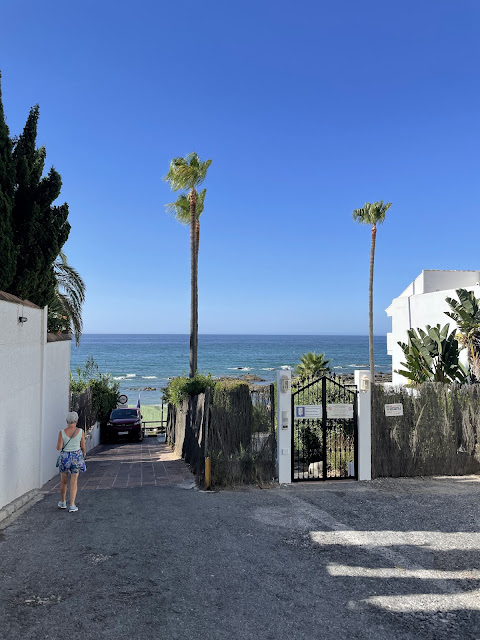Hi everybody!
I have been smiling all week as I have been in the company of my son from Italy and his wife and son. I don't see them very often and now I am seeing them twice in one year. (I have been to Italy for the communion of my grandson, so I was with them then).
But first the customary postcard:
I don't know what it represents. I suppose it's just a pretty composition. It comes from China and was sent by Hugo who works in Xiamen, a seaside island city in SE Fuijan.
Wikipedia writes: Xiamen, historically romanized as Amoy, is a sub-provincial city in southeastern Fujian, People's Republic of China, beside the Taiwan Strait.
It looks very nice, I must say.
The stamps are interesting:
I don't know what Beethoven is doing on a Chinese stamp. Let's look that up....
This is a stamp from a series Foreign Musicians issued on the 25b July 2010. There is Bach, Beethoven, Haydn and Mozart:
They issued these to coincide with the World of Music Education Conference.
And I have also found something about the 'peacock'. It's part of a Rare Bird series:They issued these stamps in 1997 together with Sweden:
There was an image rubber-stamped on the card:
"Ignorantia juris neminem excusat" is a Latin legal maxim that translates to "ignorance of the law excuses no one". This principle means that a person cannot avoid legal consequences for violating a law by claiming they were unaware of its existence. In essence, everyone is presumed to know the laws of the land in which they reside.
In don't know why that stamp is there. Is Hugo a lawyer?
What have I been up to? I have joined my son and family in Marbella. My sister lives in Marbella and has a nice house with a pool. As it is very hot here, the pool is wonderful. It was so hot, even I went in the water (I don't usually get wet)
There was a skateboard park in Marbella (near the bus station) and my grandson is quite good at that sort of thing so we took him there. It's huge. (6600 square meters)
Here he is just about to jump down a very steep slope (on his skateboard). His mother was 'having kittens' as they say. She doesn't usually watch him do this kind of thing.
One day we went to Puerto Banus to watch how the other half lives., (It's a place near Marbella where there is a harbour with huge yachts and posh cars). My grandson (and his daddy) wanted to see the Lamborghinis and Porsches etc. I'll spare you the photos of cars and yachts.
There was one 4x4 car that had a fun sticker on it:
We got to Puerto Banus by boat:
We were sailing agains the wind and every time there was a wave, we got wet and we squealed. That was fun. (On the down side: I got sunburnt).
One day my son and family went off on their own to visit Gibraltar (I wasn't interested in going there):
As they were only two and a half people going, my sister was kind enough to lend them her two-seater car, which they loved!
On the last day we visited a Van Gogh immersive exhibition in Estepona, a bit further west along the coast.
We were allowed to take pictures:
It was amazing! I had seen a similar thing last year in Madrid. The staff offered to take a picture of us in the lobby before going in:
My sister on the right, me with the black dress.
Here is another image:
Have you had any smiles this week? Please join us with yours at Annie at A Stitch In Time.
That is all from me today. There will be some funnies at the end.
In the meantime I wish you all a lovely weekend,
Lisca
Be careful how you place your ceiling lamps:



























































